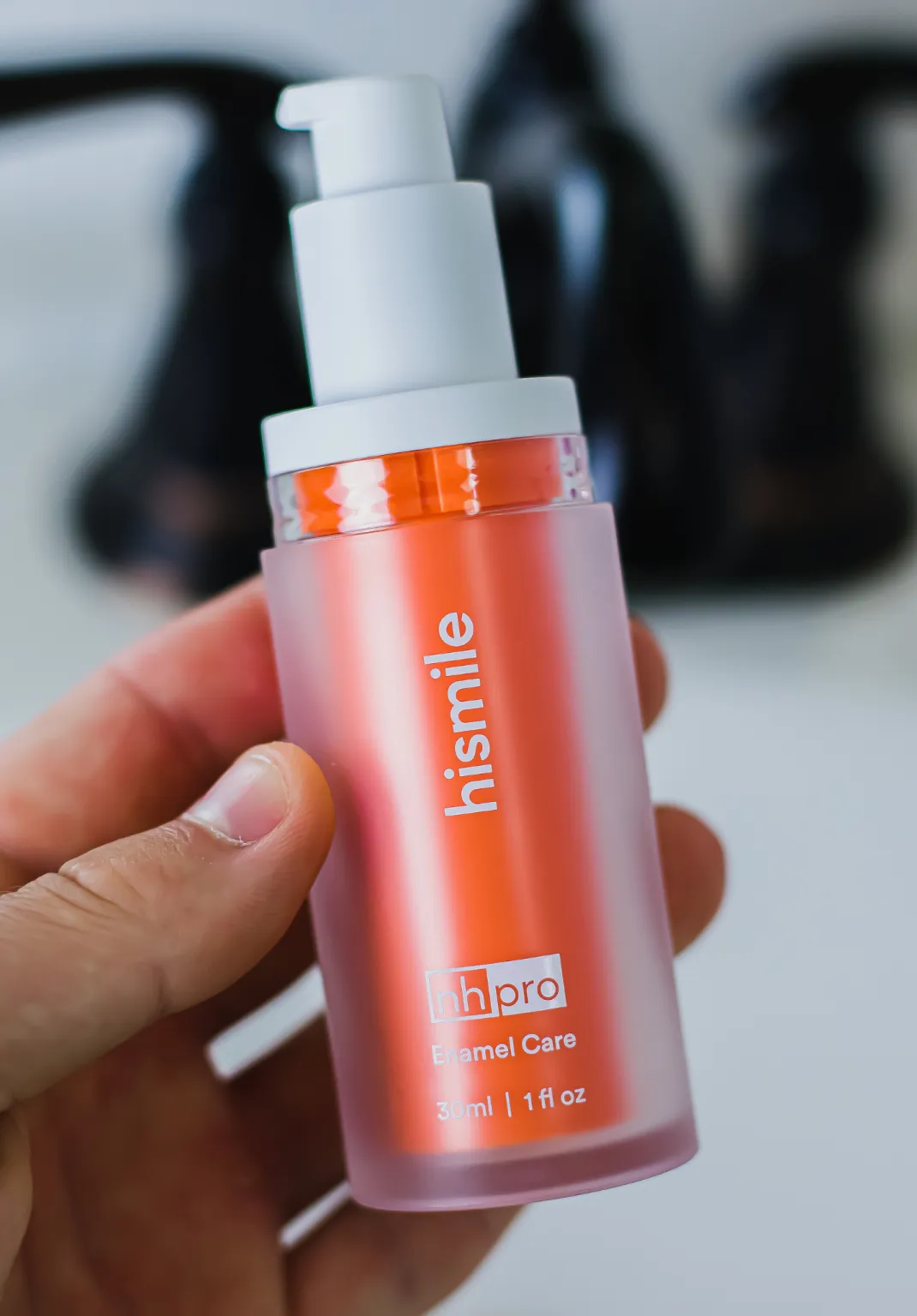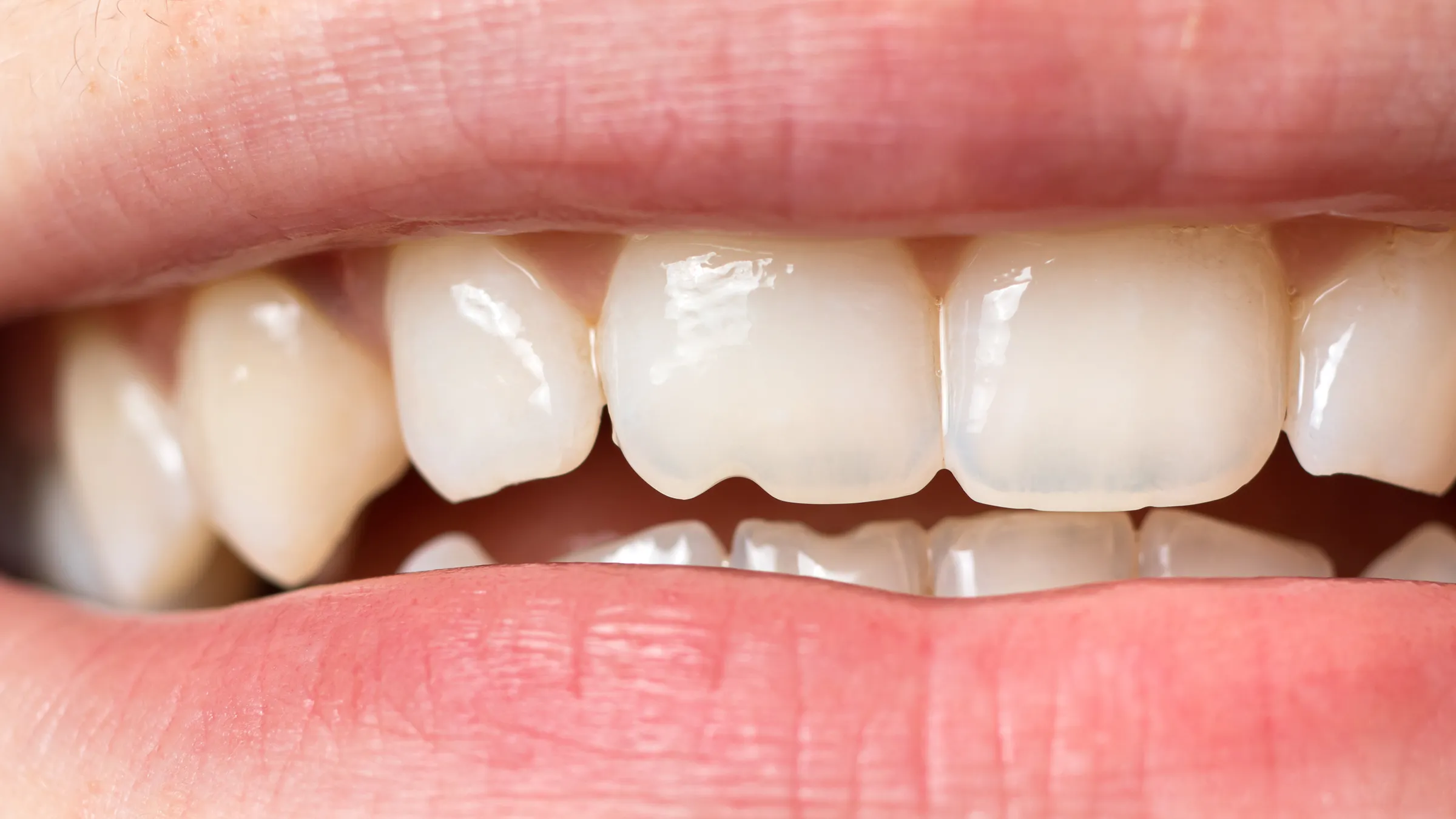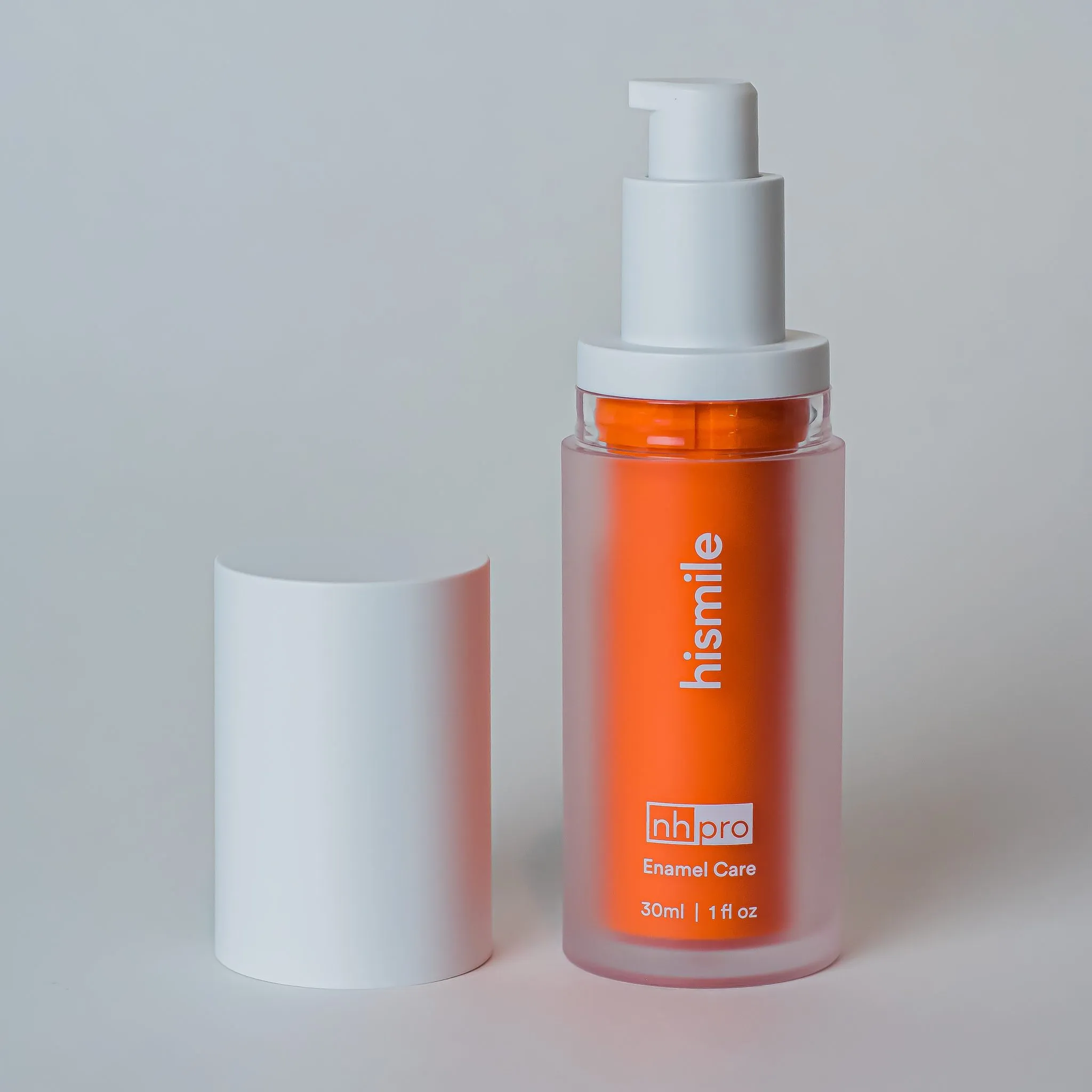What Causes Sensitive Teeth After Whitening
Teeth whitening is a popular cosmetic procedure, but it can sometimes lead to temporary sensitivity. Understanding the causes of this sensitivity is crucial for managing it effectively. The process involves using bleaching agents, typically hydrogen peroxide or carbamide peroxide, to remove stains and discoloration from the enamel. While effective, these agents can penetrate the enamel and reach the dentin, a layer beneath the enamel containing microscopic tubules that lead to the tooth’s nerve. This exposure can trigger sensitivity, especially in individuals with naturally thin enamel or receding gums. It’s a common side effect, but it doesn’t mean you can’t enjoy a brighter smile. Knowing the underlying causes helps in choosing the right remedies and aftercare to alleviate the discomfort and get back to your confident smile.
Tooth Whitening Process Impact
The tooth whitening process itself is a primary contributor to sensitivity. As the bleaching agents break down stains, they also cause slight changes to the tooth structure. The enamel, the outermost layer of the tooth, is porous. Whitening agents work by entering these pores and oxidizing the stain molecules. This process, though effective, can temporarily dehydrate the teeth and make them more susceptible to external stimuli like hot or cold temperatures. This dehydration can lead to increased sensitivity. The degree of sensitivity varies depending on the concentration of the whitening agent, the duration of the treatment, and the individual’s oral health. Professional treatments often use higher concentrations and can cause more sensitivity than at-home kits, but they are also more effective. Understanding the impact of the process helps manage expectations and prepare for potential discomfort.
Enamel Sensitivity

Enamel sensitivity is a significant factor in how you experience sensitivity after whitening. Enamel acts as a protective barrier for the underlying dentin and the tooth’s nerve. Thin or damaged enamel provides less protection, allowing whitening agents to more easily reach the dentin tubules. Receding gums can also expose the root surfaces, which lack enamel and are inherently more sensitive. Individuals with existing dental issues, such as cavities or cracks, may also experience heightened sensitivity. Even those with healthy enamel can experience some level of sensitivity due to the temporary effects of the whitening process. Therefore, assessing your enamel health before whitening and choosing appropriate treatments and aftercare is essential.
Top 5 Remedies for Sensitive Teeth After Whitening
If you’re dealing with sensitive teeth after whitening, there are several effective remedies to provide relief and manage the discomfort. These methods focus on reducing sensitivity, protecting your enamel, and minimizing exposure to triggers. Implementing these strategies can help you enjoy your brighter smile while keeping your teeth comfortable. From over-the-counter products to lifestyle adjustments, there are multiple avenues for managing sensitivity. It’s important to note that while sensitivity is common, severe or prolonged discomfort should prompt a visit to your dentist.
Use a Desensitizing Toothpaste
Desensitizing toothpastes are specifically formulated to provide relief from tooth sensitivity. These toothpastes contain active ingredients, such as potassium nitrate or stannous fluoride, which help block the dentin tubules, reducing the ability of stimuli to reach the nerve. Consistent use of desensitizing toothpaste can significantly reduce discomfort over time. It’s recommended to start using it a week or two before whitening to build up a protective layer, and continue using it throughout and after the whitening process. Choose a toothpaste specifically designed for sensitive teeth and follow the instructions on the packaging for optimal results. Regular use of this toothpaste can help rebuild the protective layer on your teeth.
How Desensitizing Toothpaste Works

Desensitizing toothpastes work in two primary ways to reduce sensitivity. Potassium nitrate penetrates the tooth and reduces the excitability of the nerve fibers, essentially calming the nerve and reducing pain signals. Stannous fluoride, on the other hand, helps to block the dentin tubules by forming a protective layer over them, preventing irritants from reaching the nerve. When using a desensitizing toothpaste, the active ingredients accumulate over time, providing a cumulative effect. The longer you use the toothpaste, the more effective it becomes. Consistent use is key to maximizing the benefits. You can even apply a small amount of toothpaste directly to the sensitive area with your finger and leave it for a few minutes for added relief.
Proper Brushing Technique
Proper brushing technique is essential for maintaining good oral health and minimizing sensitivity. Aggressive brushing with a hard-bristled toothbrush can wear down enamel and contribute to sensitivity. Brushing too hard can also irritate the gums, leading to recession and exposing the sensitive root surfaces. The right technique and tools can make a big difference in protecting your teeth after whitening. By making small adjustments to your routine, you can significantly reduce the risk of increased sensitivity. This includes both the toothbrush and the motions used during brushing. Using the right technique helps protect teeth and gums, which are both important for long-term dental health.
Soft-Bristled Toothbrush
Choosing a soft-bristled toothbrush is one of the most crucial steps in proper brushing. Soft bristles are gentler on the enamel and gums, reducing the risk of abrasion and irritation. Hard bristles can scratch the enamel, making your teeth more vulnerable to sensitivity. Always choose a toothbrush with soft bristles and replace it every three months or sooner if the bristles become frayed. This will ensure the brush maintains its effectiveness without damaging your teeth or gums. Look for toothbrushes specifically labeled as ‘soft’ or ’extra soft.’ By making this simple change, you can significantly protect your teeth after the whitening procedure.
Gentle Brushing Motion

The brushing motion also plays a significant role in managing sensitivity. Instead of using a back-and-forth scrubbing motion, brush in gentle, circular motions. Apply light pressure and avoid scrubbing vigorously, which can erode the enamel. Focus on each tooth individually, ensuring that you clean all surfaces. Spend at least two minutes brushing, paying attention to the gum line where sensitivity is often more pronounced. Incorporating a gentle brushing technique not only helps to protect your teeth from sensitivity but also promotes healthier gums and prevents damage. This will help you avoid irritating the area and potentially causing more pain.
Avoid Acidic Foods and Drinks
Acidic foods and drinks can exacerbate tooth sensitivity by eroding the enamel and exposing the dentin tubules. After whitening, your teeth are more vulnerable, so it’s important to avoid or limit these items. Acids in foods and beverages can weaken the enamel, making teeth more susceptible to temperature changes and discomfort. Avoiding these foods and drinks can significantly reduce sensitivity and help your teeth recover from the whitening process.
Examples of Acidic Foods and Drinks
Common culprits include citrus fruits, such as lemons, limes, and oranges, as well as their juices. Carbonated beverages, like soda and sparkling water, are also highly acidic. Additionally, vinegar-based dressings, tomatoes, and pickles can contribute to increased sensitivity. Coffee and wine, particularly red wine, are also known to have acidic properties. Being mindful of these foods and drinks and limiting their consumption, especially during and immediately after the whitening process, can help manage sensitivity effectively. Pay attention to how your teeth react to various foods and drinks.
Alternative Food and Drink Choices

There are many tooth-friendly alternatives to enjoy while managing sensitivity. Focus on consuming foods and drinks that are less acidic and gentle on your teeth. Water is the best choice for hydration, as it is neutral in pH and helps rinse away food particles. Milk and unsweetened almond milk are good options, as they contain calcium, which strengthens teeth. For snacks, consider cheese, plain yogurt, and vegetables like cucumbers and carrots. If you crave something with flavor, try green or herbal teas instead of coffee. By making informed choices, you can maintain a healthy diet without triggering or worsening sensitivity.
Use Fluoride Treatments
Fluoride treatments can significantly help to reduce tooth sensitivity. Fluoride strengthens tooth enamel, making it more resistant to acid erosion and external stimuli. Fluoride works by remineralizing the enamel, helping to repair microscopic damage. By incorporating fluoride into your oral hygiene routine, you can reduce the likelihood of sensitivity. It can also aid in the relief of the pain you may be experiencing after whitening treatments. Both professional and over-the-counter options are available, making it a versatile and accessible solution.
Benefits of Fluoride
The benefits of fluoride are numerous when it comes to combating tooth sensitivity. Fluoride strengthens the enamel, creating a more robust barrier against external stimuli. It also helps to block the dentin tubules, reducing the sensitivity of the nerve. Fluoride has a preventative effect by making teeth less susceptible to decay and erosion. Regular fluoride exposure can help to desensitize your teeth over time. This can lead to less discomfort when you consume hot or cold foods and drinks. Fluoride can aid in reducing sensitivity and promoting healthier teeth.
Professional Fluoride Treatments

Professional fluoride treatments, administered by a dentist, offer a higher concentration of fluoride than over-the-counter options. Dentists can apply fluoride varnish, gels, or foams directly to the teeth. These professional treatments provide an immediate and potent dose of fluoride, delivering rapid relief from sensitivity. They can also provide additional protection. Dentists may also recommend prescription fluoride toothpastes or mouthwashes for use at home. If you’re experiencing significant sensitivity after whitening, a professional fluoride treatment can provide significant relief and help your teeth recover faster. Your dentist can assess your specific needs and recommend the most effective treatment plan.
Consider Over-the-Counter Pain Relievers
If you experience significant discomfort from sensitivity, over-the-counter pain relievers can provide temporary relief. These medications can help manage the pain while other remedies take effect. It’s important to choose the right type of pain reliever and to use it as directed. Pain relievers are often a useful short-term solution to manage sensitivity and provide relief. They should be used in conjunction with other methods, such as desensitizing toothpaste and avoiding acidic foods, to address the underlying causes of sensitivity and promote long-term comfort.
Types of Pain Relievers
Common over-the-counter pain relievers include ibuprofen (Advil, Motrin) and acetaminophen (Tylenol). Ibuprofen is an anti-inflammatory drug that can reduce both pain and inflammation. Acetaminophen is an analgesic that can alleviate pain without reducing inflammation. Follow the dosage instructions on the packaging carefully and do not exceed the recommended dose. If pain persists or worsens, consult your dentist, as it may indicate a more significant issue. In addition to these, topical anesthetics, such as benzocaine, can provide localized relief by numbing the sensitive area. It is important to consult with your dentist if pain relievers are not managing your sensitivity, and to ensure that any pain relief medications are safe for your health.
When to See a Dentist

While sensitivity after whitening is usually temporary, it’s crucial to know when to seek professional help. If the sensitivity is severe, persists for more than a few weeks, or is accompanied by other symptoms such as swelling, pain, or bleeding, you should consult your dentist. These symptoms may indicate an underlying issue such as a cavity, cracked tooth, or gum disease. Your dentist can diagnose the cause of the sensitivity and recommend appropriate treatments. Regular dental checkups are essential for maintaining good oral health and preventing complications. Your dentist can provide personalized advice and treatment options tailored to your specific needs.
